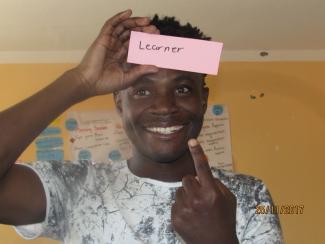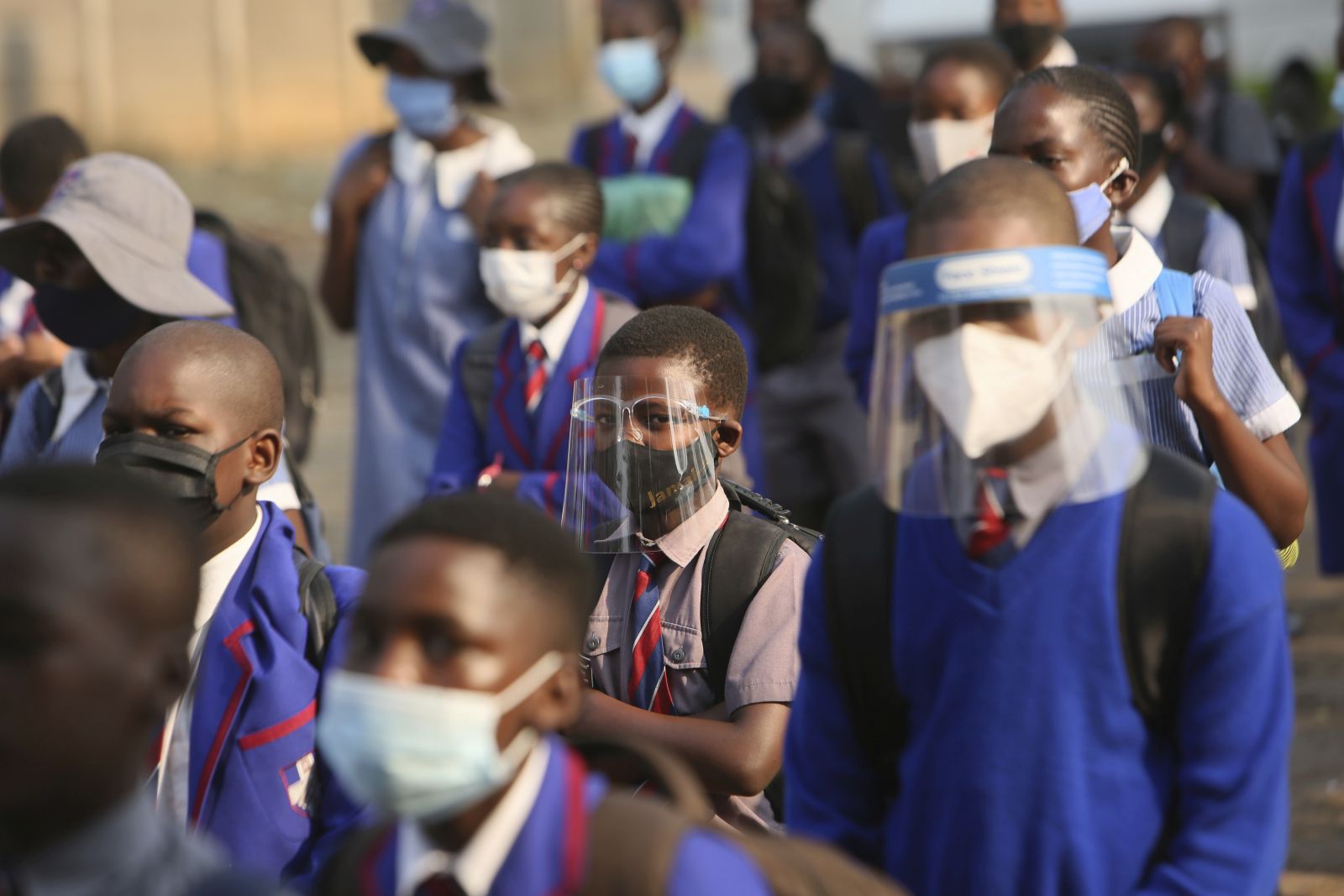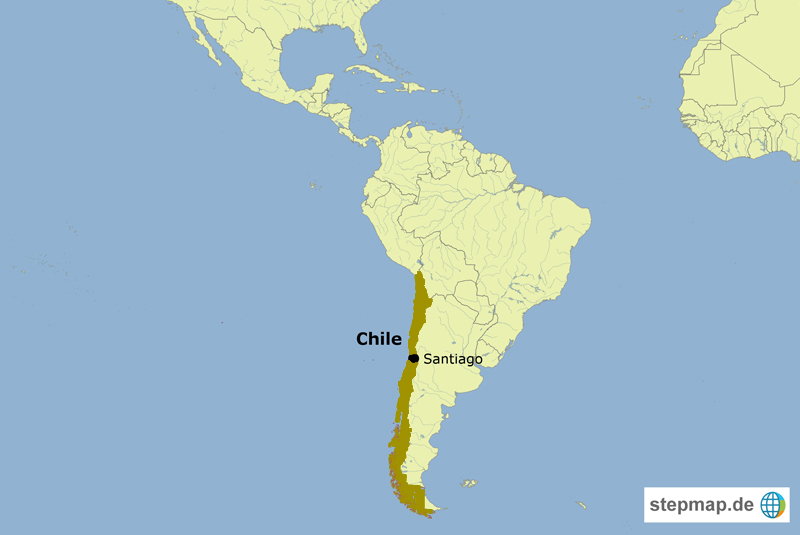Media literacy
Empowering citizens
Media and information literacy (MIL) means that a person is able to access, understand and analyse media messages as well as to share and create content herself.

MIL training courses empower citizens to use and engage competently with different types of media. Three steps are important for achieving media literacy:
- People must know how professional media work and how media outlets make decisions. Important standards include indicating the sources, conveying a diversity of view points and providing facts. Citizens who pay attention to these things can tell which websites are reliable and which are more likely to be spreading fake news.
- For citizens to engage in public discourse, they must be able to make themselves heard. Therefore, it is not enough to be informed about how to consume media; a basic knowledge of producing content is valuable too. It includes technical skills, starting with simple smartphone photography, for example.
- The final step is to have a broader understanding of the media landscape. Such an understanding allows people to assess the environment they live in, to claim their rights and to demand media quality. (jo)











